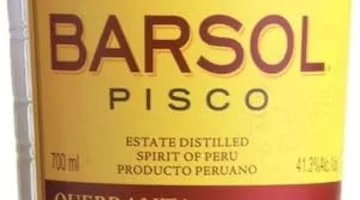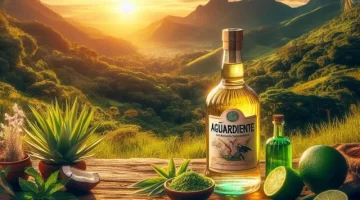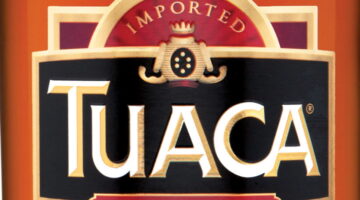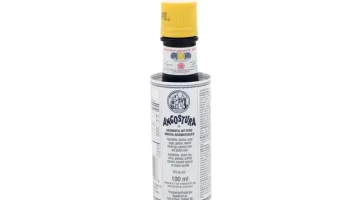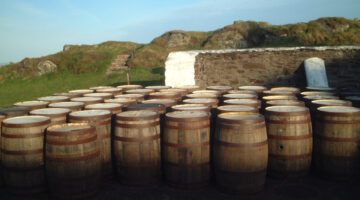What is Chartreuse?
Travel Distilled explains what Chartreuse is, the history of this French liqueur, how and where it’s made, how to drink it and its use in cocktails and cooking.
Chartreuse is an exquisite and luxurious French liqueur celebrated for its complex herbal flavor and vibrant color. Heralding a unique and fascinating story, this one-of-a-kind spirit has carved its niche in the world of liquor. Here’s all you need to know about Chartreuse.
What is the History of Chartreuse?
The roots of Chartreuse can be traced back to 1605, when a mysterious manuscript detailing the recipe of an “Elixir of Long Life” was handed over to the Carthusian monks of Vauvert Monastery in Paris.
The intriguingly complex formula was later transported to the Grand Chartreuse Monastery, near Grenoble in France, and it took the monks a full century to decipher and perfect it. Thus was born Elixir Végétal de la Grande-Chartreuse—the predecessor of modern Chartreuse.
Produced by Carthusian monks ever since, the formula remains a closely guarded secret, supposedly known in full to only two monks at a time.
What is the Chartreuse Production Process?
Known for its intriguing mix of botanicals, the heart of Chartreuse’s production is its 130 different herbs, plants and flowers. These are carefully macerated in a neutral spirit and then distilled. The result is a natural green color and a distinctive taste that truly stands apart.
There are two primary types of Chartreuse available: Green Chartreuse, the original variant, has an alcohol content of 55% and is famed for its powerful, unique flavor. Yellow Chartreuse, introduced in 1838, is sweeter and milder, with an alcohol content of 40%.
Both variants age in oak barrels, providing the extra dimension of depth and smoothness to the already unique liquor. This nuanced process of crafting Chartreuse helps retain its rich, earthy flavors, reflecting a centuries-old heritage.
Cultural Significance of Chartreuse
As one of the oldest and most unique liqueurs globally, Chartreuse has an enduring cultural significance. Its creation by Carthusian monks and its history shrouded in secrecy adds an air of mystique to this exceptional spirit.
It was initially considered a medicinal elixir due to its dense botanical mix. However, with time, its sophisticated and unique flavor propelled it into a cultural icon within the spirits world, earning it a prized place in bars and homes globally.
How and When to Enjoy Chartreuse?
Chartreuse offers an aromatic bouquet of flavors that can be enjoyed in various ways. For the traditionalist, savoring it straight at room temperature is a classic choice, allowing the rich herbal and floral notes to take center stage.
However, the layered, intricate flavor of Chartreuse makes it an exciting mixer for cocktails, providing a herbal complexity that enhances many a drink. From classics like ‘The Last Word’ and ‘Champs-Élysées’ to innovative modern concoctions, Chartreuse infuses an undeniable magic into any cocktail.
Chartreuse: Enhancing Culinary Delights and Cocktails
Not only does Chartreuse excel as a stand-alone digestif or as a vibrant cocktail ingredient, but its versatility extends into the culinary world as well. It’s a popular ingredient in haute cuisine, adding an earthy richness to sauces, marinades, and desserts alike.
Whether in cocktails or culinary creations, Chartreuse adds a distinct, sophisticated touch, enhancing flavors and providing a distinctive herbal note. Its versatility makes it a staple in kitchens and behind bars, a testament to its multi-faceted appeal.
Chartreuse, with its rich history, unique production, and unparalleled flavor profile, is more than just a liqueur. It is an embodiment of a centuries-old tradition, a piece of cultural heritage passed down through generations, and a source of intrigue and delight for spirit enthusiasts across the world. The unmistakable allure of this herbal elixir, crafted in the tranquil seclusion of a French monastery, offers an invitation to explore a sip of history.



